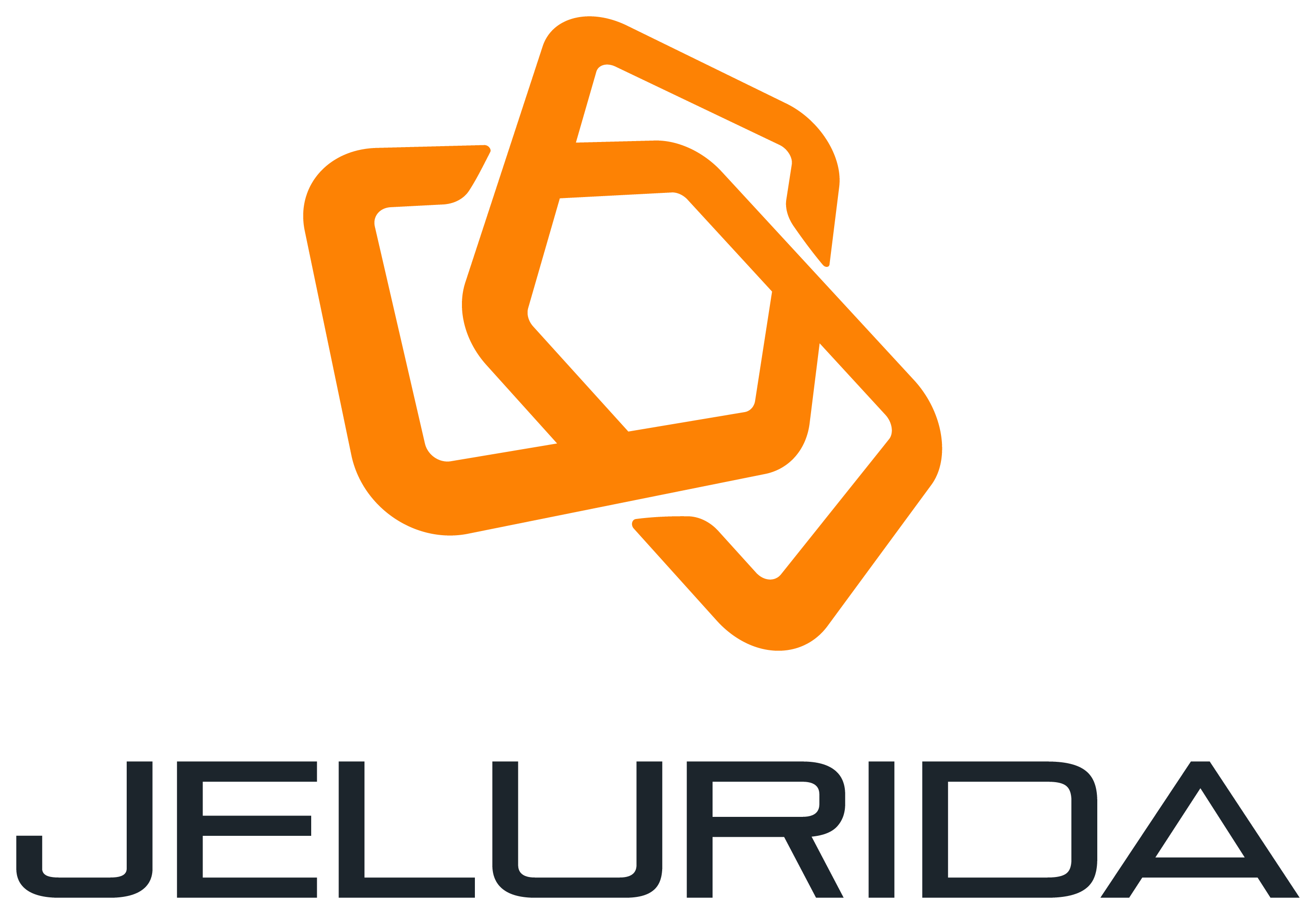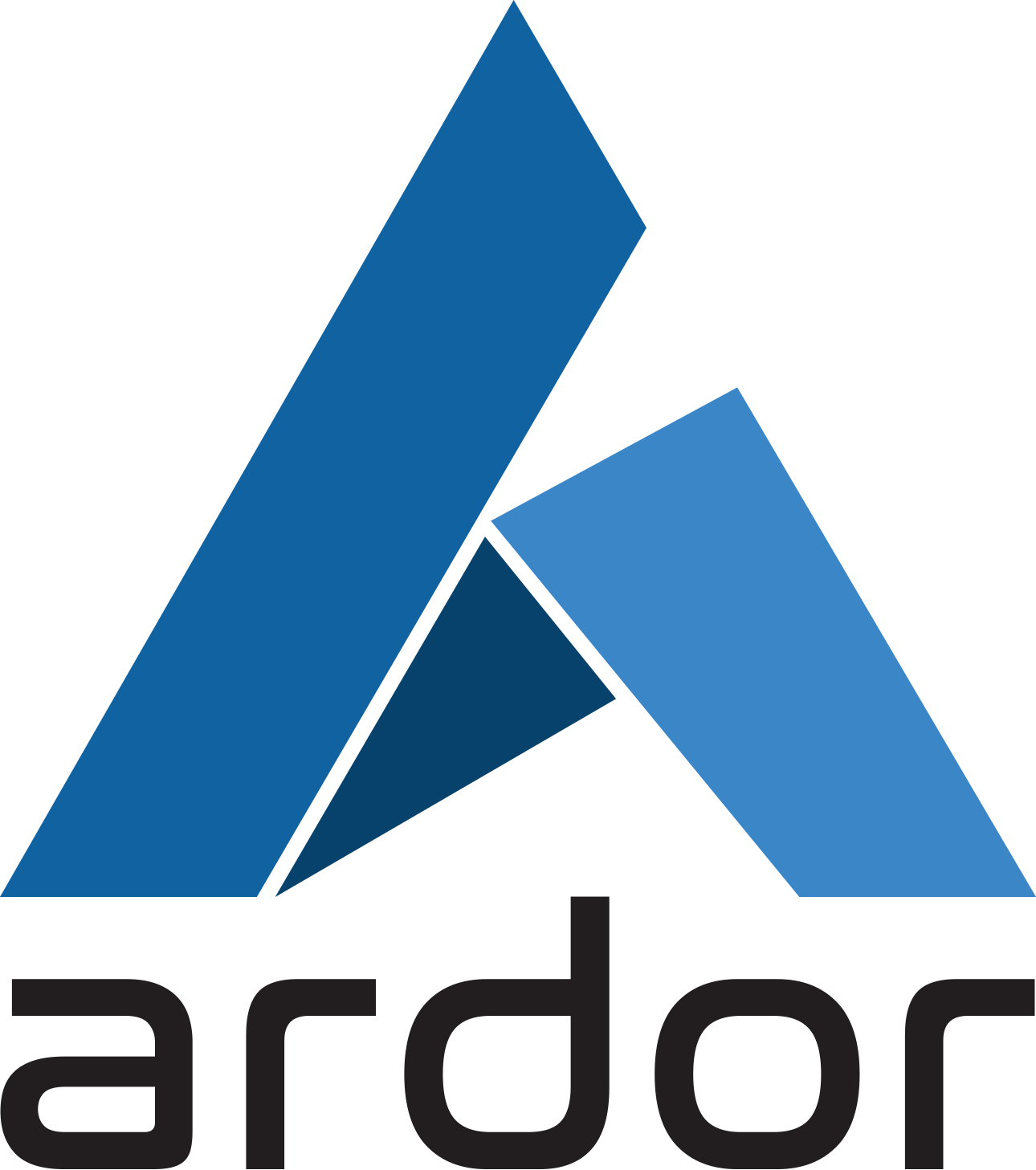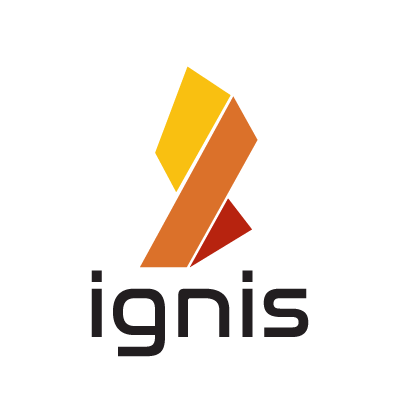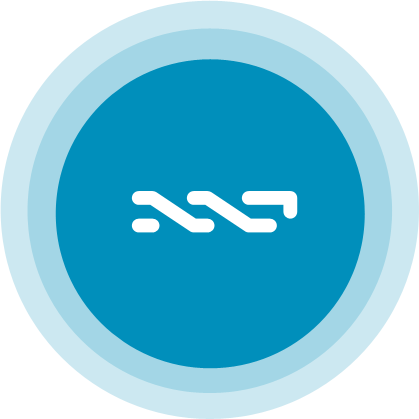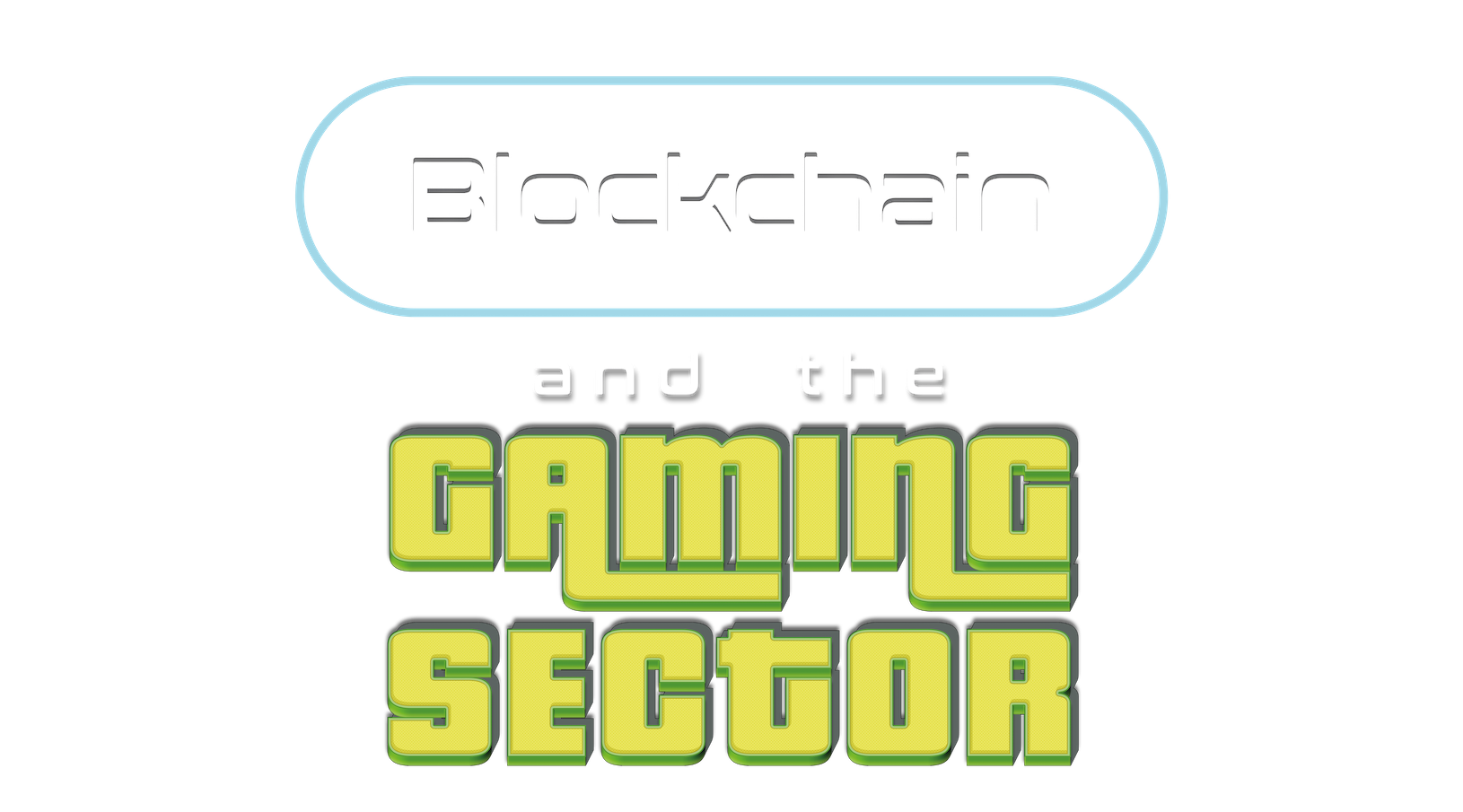
Try out one of the first learning games worldwide, which secures the learning results on blockchain.
Gallery Defender was developed by the LIVE LAB of Texas A&M University, the blockchain part was implemented under the supervision of Dr. Alexander Pfeiffer (the MIT Education Arcade, MAX Kade NY scholarship recipient). In further cooperation with Donau-Universität Krems.
If you like to try the game prototype and test the blockchain-setting (on testnet and/or on mainnet), please contact Alexander Pfeiffer.
Please help us and fill out our survey on the implact of blockchain in the educational industry.
Read the paper on how Gallery Defender was created and learn more about the token structure.
The Game Gallery Defender utilizes the Blockchain Ardor (and its childchain Ignis). Ardor is an open source multichain platform launched on 01.01.2018. Its unique architecture was designed from the beginning to overcome existing blockchain technology problems and ensure scalability. Ardor’s advanced design introduces a parent – child chain system where the network security and transaction processing for the entire platform is provided by the Ardor main „parent“ chain while all the business-ready functionality is present on the permissionless and permissioned child chains.

Ardor uses a 100% pure proof-of-stake consensus algorithm which makes it energy efficient – significantly reducing the hardware requirements for securing the network. The Ardor parent chain token, ARDR, is used for forging – the generation of new blocks and network consensus. ARDR forgers receive the transaction fees from the blocks they forged but no new ARDR coins are created.
This Architecture has several fundamental advantages:
Native Tokens
All child chains have their own native tokens, used as a unit of value and for paying transaction fees, and a variety of ready to use features
Preventing The "Bloat" Of The Network
Scalability is achieved by pruning of the unnecessary child chain data once they are included in the permissionless Ardor parent chain, preventing the „bloat“ of the network
Ecosystem Interoperability
All child chains are connected and share the same source code, ensuring ecosystem interoperability that allows child chain token trading to one another in a fully decentralized way and transactions on one child chain to access data or entities on another
Bundling System
All transactions of the child chains are included in the parent Ardor chain thanks to the bundling system – a process that groups several child chain transactions into parent chain blocks and enables application owners to sponsor transaction fees for their end users.
Phasing
Phasing ensures that tokens cannot be exchanged peer2peer without the main account verifying it. (that is e.g. for utility tokens which should not be swapped important)
Pruning
Pruning is another scaling measure being introduced with Ardor. It will be possible to completely prune any or all child chain transactions without affecting the security of the Ardor parent chain, allowing the blockchain size to be kept small. Together, the child chain and pruning concepts should ensure sustainable growth for the Ardor network for years to come.
